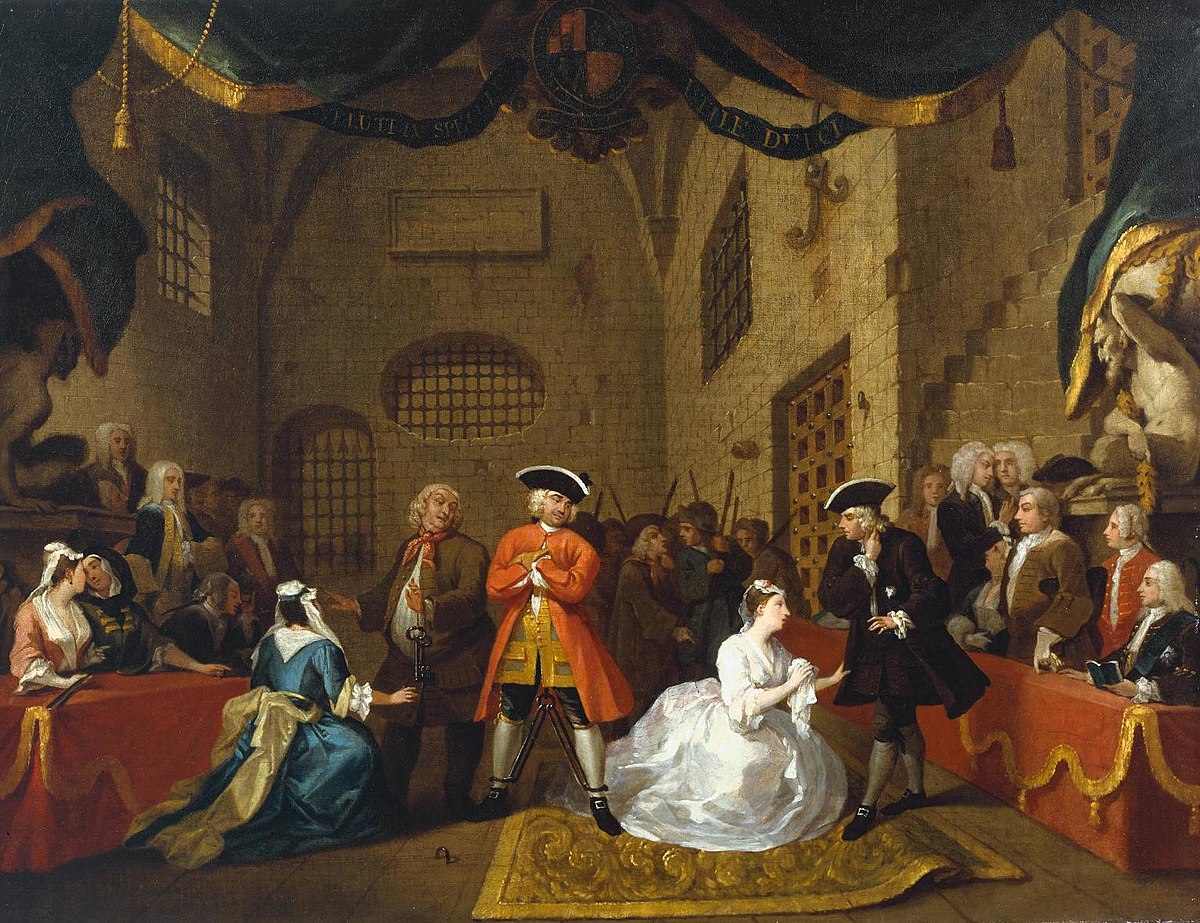
Development of Musical Theatre: A Historical Journey
Musical theatre, a fusion of music, dance, spoken dialogue, and acting, has evolved over centuries. Its roots can be traced back to ancient Greece, where music and dance were integral to stage performances.
In the 18th century, England and its colonies witnessed the emergence of ballad operas and pantomimes, which became popular forms of musical entertainment. The 19th century brought European operettas and the influential works of Gilbert and Sullivan in Britain and Harrigan and Hart in America.
The Making of the Modern Musical
Early in the 20th century, Edwardian musical comedies from England and the works of George M. Cohan in the US shaped the genre. The Princess Theatre musicals in New York City during World War I, along with works like "Of Thee I Sing" (1931), pushed musical theatre beyond mere entertainment towards serious social commentary.
Integration of Story and Music
"Show Boat" (1927) marked a significant breakthrough, integrating the book, score, and production elements into a cohesive story. Rodgers and Hammerstein's "Oklahoma!" (1943) further perfected this integration, establishing the modern Broadway musical model.
From Vaudeville to Film
Throughout the first half of the 20th century, musical theatre borrowed elements from vaudeville and music hall. Lighthearted productions like "Sally" and "No, No, Nanette" dominated the 1920s. The Great Depression led to a return to escapist entertainment, which was further challenged by the rise of sound films in the 1930s.
Surviving and Evolving
The ingenuity of creative teams led to experimentation with musical satire, topical books, and operatic scope. Works like "Porgy and Bess" (1935) and "The Cradle Will Rock" (1937) pushed boundaries.
Musical theatre survived the challenges of economic hardship and competition from film, eventually blooming into a sophisticated form of art that continues to entertain and inspire audiences worldwide.